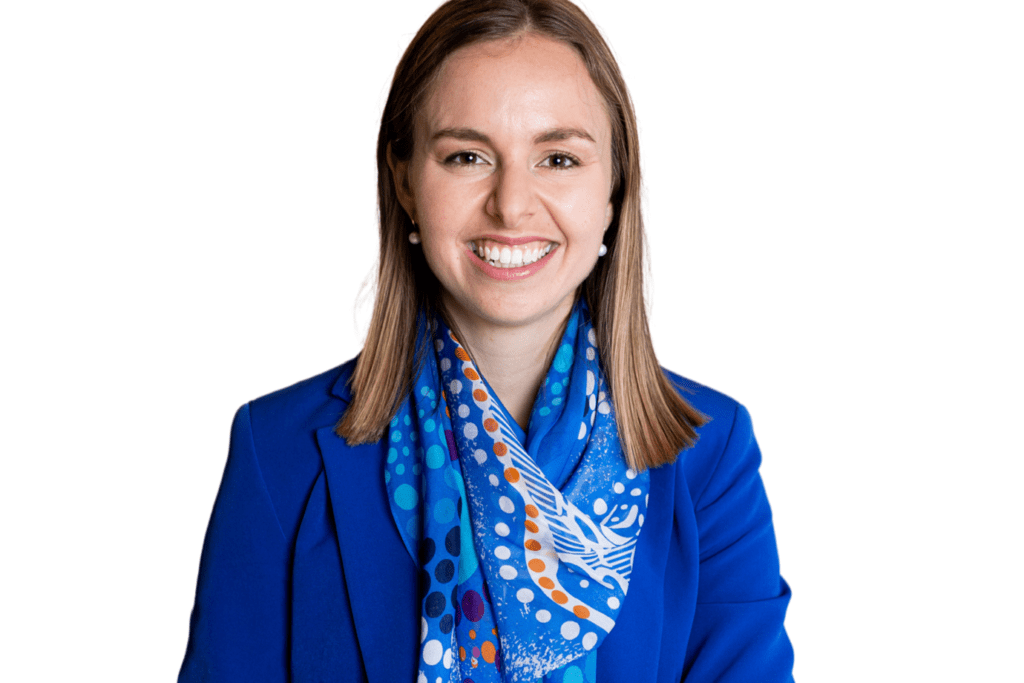Shelley Cable was 24 years old when she became the CEO of Generation One at the Minderoo Foundation. It’s in this role she’s been able to spearhead her passion for closing the gap in Indigenous employment into long lasting action.
A proud Nyoongar woman, Cable says she often finds herself sitting around decision-making tables, feeling out of place.
“Whether I’m the youngest person in the room, or one of the only females, or almost always the only Nyoongar woman, I often see things differently and interpret things differently,” Cable told Women’s Agenda recently.
“It does make me feel out place sometimes, but I then have to reflect on the fact that I was put into this role for a reason.”
Two years on from her appointment to CEO, Cable says she now draws confidence from the fact that she was chosen for her role at Generation One because of the different ways of thinking she’s able to bring to the table as a young, Indigenous woman.
“It’s not a lack of experience as to why I’m feeling the way that I feel, it’s actually a strength that nobody else could have, no matter their work experience,” she said.
The big picture at Generation One is to create employment parity for Indigenous people within one generation, an ambitious mission that Cable speaks passionately about. There’s a focus on supporting Indigenous people to be employed by industry (and supporting industry to do a better job of Indigenous employment), as well as supporting Indigenous entrepreneurs to achieve self-employment and grow their businesses.
Referring to this year’s NAIDOC Week theme ‘Heal Country’, Cable says there’s “no good reason” why Aboriginal and Torres Strait Islander peoples, who have the longest history of hard work on the planet, experience higher unemployment than non-Indigenous Australians.
“Unemployment is an unnatural state, it’s something that’s inconsistent with our identity as First Nations peoples and that’s a part of our identity that needs healing,” she said.
One of Cable’s key focuses at the moment is closing the data gap that exists in relation to Indigenous employment in Australia, which sees Generation One and other organisations across the country having to work with data that is five years old.
“The data gap that relates to Indigenous employment is completely horrifying,” Cable shares. “We don’t know how many Indigenous Australians are in work today. We didn’t know how many were in work last year or the year before, since 2016.”
It’s a massive problem that contributes to the invisibility of Indigenous people in the labour force and as we all know, you can’t manage what you haven’t measured. Cable says there are too many workplaces around the country that simply don’t know if they have any Indigenous employees, and often, they’re too afraid to ask the question.
“When you don’t even know if any of your staff are Indigenous, it makes it impossible to know whether they need more support or whether you can be doing anything more,” Cable said.
As a young leader, Cable initially found it quite difficult to accept her position at the helm of Generation One, but what she’s learnt over her time in the role is that leadership is different for everybody.
And it’s not always the most visible leaders who are doing the most valuable work.
“There’s an assumption that all Indigenous leaders are visible, and I just think that really contradicts the way that many Indigenous people look at leadership,” she says.
“Some of the most amazing leaders that I look up to are ones that nobody would know of, they don’t put their names out there, they do all of their work by supporting other people and they’re definitely behind the scenes.
“Visible leadership is one idea, but it’s not the only way you can be a leader.”
Shelley Cable will be speaking at the Governance Institute’s 2021 National Conference.


